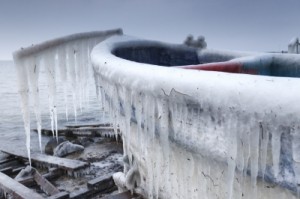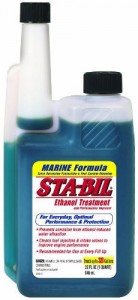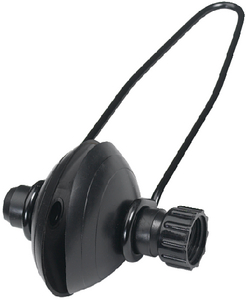How to Winterize a Boat
What Equipment Will I Need for Winterizing my Boat?
Where can I buy the professional type boat winterization kit/tank that many of the boating service centers use? This along with other common Boat Winterization questions will be covered in this PPT Technical Article.
The following parts list will allow you to put together a winterization system together for your own use. Otherwise you can purchase one of the Manual Systems (read more). Along with the flush hardware you’ll need a standard set of wrenches and screw drivers, muffs (motor flusher), along with a few supplies such as Engine Rust Inhibitor and Fuel System Stablizer.
PARTS LIST – PPT Winterization Tank System (Used in Tech Videos)
- Tank
- 750 GPH Pump
- Toggle Switch
- Battery Clips
- Fuse Holder
- 5amp ATO/ATC Fuse
- Electrical Butt Connectors
- (2) 16-14 gauge wires – Length is determined by if you’re using the battery in the boat [longer] or an auxiliary battery on the ground [shorter] – Obtain Locally
- Auxiliary battery or use battery in the boat – Obtain Locally
What’s The Process?
The following list is the basic checklist we recommend following when performing either sterndrive, inboard, 2-cycle or 4-cycle boat engine winterizations. Although many of the details within each step differ for each marine engine manufacturer (example Mercruiser, Volvo Penta, Crusader, Marine Power, etc) or outboard motor manufacturer (example Mercury Marine, Yamaha, Suzuki, Evinrude, Honda) the basic steps and results of what needs to be completed remain the same. For example draining the water from a 1985 MerCruiser 4.3L engine requires different steps vs draining the water from the cooling system of a 2005 model 4.3L MPI engine equipped with one of Mercruiser’s manual or automatic drain systems. The fact that the inboard engine needs to be drained is the same but the step by step process differs. It is very IMPORTANT to review your owners manual to make certain you don’t overlook anything in particular when working through these specific steps. (Note: By using the PPT website and searching either the Online MerCuiser Parts Catalog or Mercury Outboard Parts Diagrams you can quickly locate your inboard, outboard engine or sterndrive model and then order the service manual or owners manual by selecting the “Service and Support Material” Assembly Diagram.)
IMPORTANT: The steps listed below are best performed in the order specified below.
STERNDRIVE & INBOARD MODELS
- Add stabilizer to fuel tank (See manufacturer suggestions regarding how many ounces/gallon)
- Start engine and allow it to warm up
- Drain gear lube
- Drain engine oil
- Drain water
- Block X 2
- Manifold X 2
- “J” hose
- Oil cooler
- Fuel cooler
- Transmission cooler
- Sea water pump (belt driven)
- Drain on transmission
- Heater
- Drain on-board water tanks (ballasts, sinks, showers ext…) and fill with propylene glycol
- Change oil filter (date and initial)
- Change fuel filter (date and initial)
- Fill engine with oil
- Fill lower unit with gear lube
- Grease gimbal bearing
- Start and run engine on 100% Propylene Glycol
- Fog engine (Carb Engines Only)
- Tag engine belt (orange)
- Zip tie key to steering wheel
- Remove bilge plug from back of boat
- Trim up drive
- Turn off battery switch or remove negative battery cable
- Tag bow eye (owners name, date, and initial)
2 CYCLE OUTBOARD MOTORS
- Add fuel treatment and stabilizer to fuel tank(s) as required per gallon.
- Change water separating fuel filter, if equipped or empty sediment/water bowl if equipped.
- Run engine up to operating temperature, circulating stabilized fuel through fuel system and fog engine with a rust
- ventative solution to protect internal engine parts.
- Drain and re-fill lower unit gear lube (insures elimination of water in the lower unit which could freeze and burst).
- Grease engine fittings.
4 CYCLE OUTBOARD MOTORS
- Add fuel treatment and stabilizer to fuel tank(s) as required per gallon.
- Change water separating fuel filter, if equipped or empty sediment/water bowl if equipped.
- Change engine oil and filter.
- Run engine up to operating temperature, circulating stabilized fuel through fuel system and fog engine with a rust preventative solution to protect internal engine parts.
- Drain and re-fill lower unit gear lube (insures elimination of water in the lower unit which could freeze and burst).
- Grease engine fittings.
Need More Help? Check Out These Popular Winterization Videos?
*For over 14 years Serious Boaters have been going to PPT’s Youtube Channel for Do-It-Yourself Boating Repair Videos – Over 1 Million Views and Counting!





